The Classes of Dungeons and Dragons: A Cheat Sheet
A reference sheet to the 12 basic classes in Dungeons and Dragons.

In one of my last Dungeons and Dragons pieces, I covered the basic races that players can use to make their characters, and the benefits each one offered. Now it’s time to cover the next big character-building block: classes.
Classes in D&D can define how you play in more ways than one. They can influence your backstory, your role in the party, and even how you decide to roleplay at the table.
So, let’s get down to it. Here’s your guide to the 12 basic Dungeons and Dragons classes.
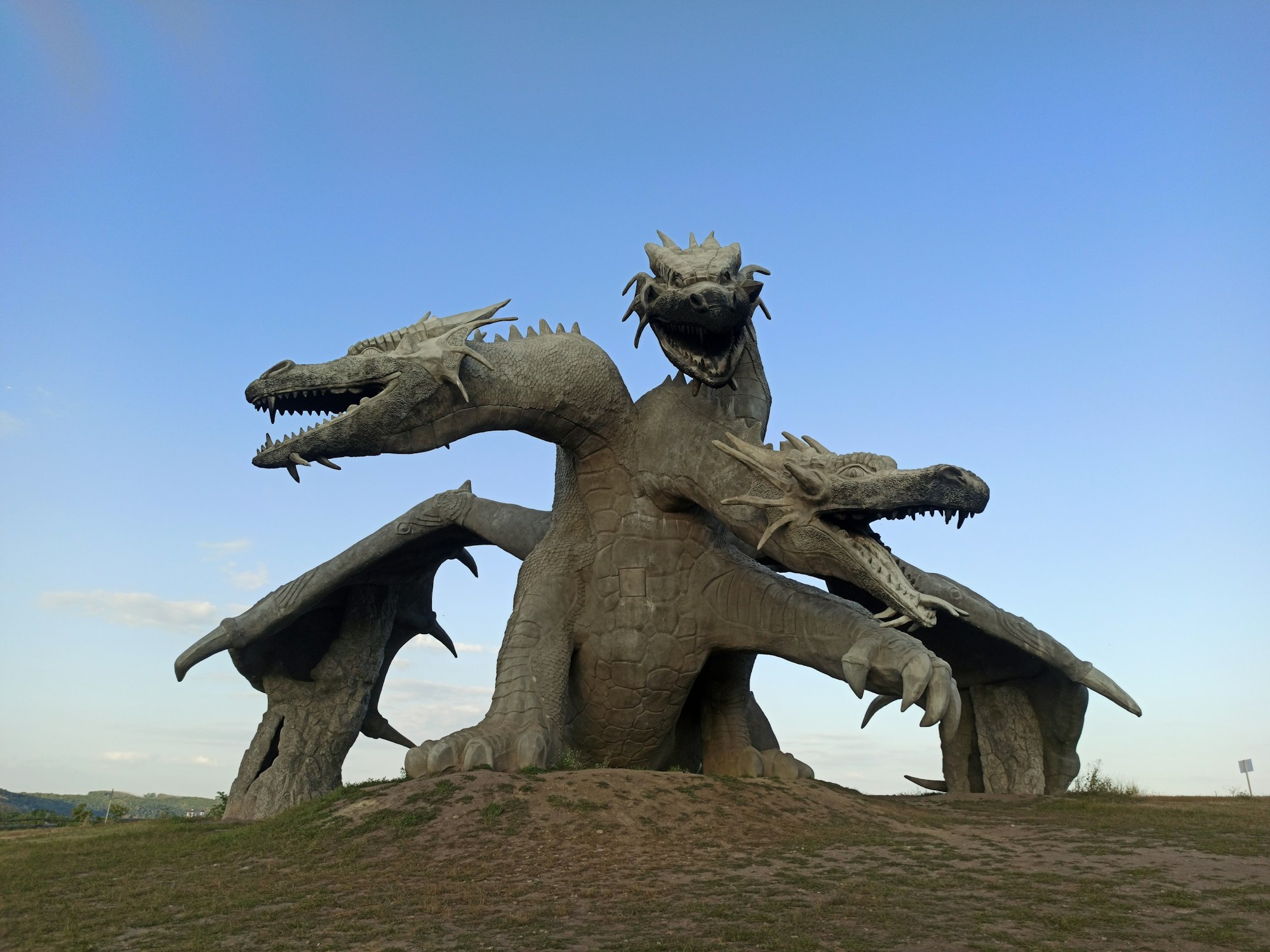
How Class Works in Dungeons and Dragons
Classes, on the most basic level, are the role your character fills in a D&D party. Classes each have different special abilities that come into play in both combat and roleplay scenarios.
They fall into a couple of different categories.
- Offense — Barbarians, Fighters, etc. These characters are heavily based on physical stats like Strength and Dexterity, and are great at landing heavy hits against your enemies. They’re good at brute force and sheer determination. They’re usually not the smartest, though.
- Defense — Paladins, mostly. This category’s characters, similar to Offense, focus on the physical stats, but they lean heavily into Constitution. These are your tanks that run right to the front of a fight and get the enemy’s attention, so other characters have a chance to attack. They also don’t normally dip too heavily into mental stats.
- Healing — Clerics, Druids, etc. These characters keep your party from immediately dying, and bring them back should that first line of defense fail. They tend not to be physically strong, but rank high in mental stats like Wisdom and Intelligence.
- Exploration — Rangers and Rogues. Leaning heavily on Intelligence and Wisdom for the boons they give to your Investigation, Survival, and Perception abilities, Exploration characters help your party get from one place to another without getting horribly lost in the woods. They’re usually pretty sturdy, but they don’t hit very hard when attacking directly.
- Interaction — Bards. So many bards. Interaction characters are almost entirely Charisma-based. They’re the ones who talk the party into inns, parties, and jobs, and out of fights and jail cells. It’s their job to be friendly and at the front when entering a new town or talking to people from whom you really need information. These characters are very squishy, but well worth having around.
Most of the classes overlap between at least two of these categories. Ideally, though, your party will have at least one offense-heavy character, one tank, one healer, one exploratory character, and one “face,” or interaction-heavy character.

The 12 Basic Classes
To make this article easy to reference, I’ve included a chart covering the classes discussed below, including the special classes. As a quick side note, this piece does not cover Artificer and Bloodhunter in this article, but deserves to be mentioned.
Now, let’s look at each class in a bit more detail.
Barbarians
Barbarians are one of the simplest classes out there; get angry and hit stuff! These guys are definitely an Offense class, whose major ability is Strength. They get a Danger Sense at the second level that lets them have an advantage on Dexterity saving throws when they’re attacked, and at the fifth level, they can attack twice and move faster. Talk about scary! They also get a fun feature called Brutal Critical, which lets them roll extra damage when they critically succeed on an attack.
Best of all, Barbarians have the unique ability to Rage. Raging is a battle tactic where the character literally becomes so angry that he channels it into extra attack damage, defense bonuses, and even the ability to avoid death! They have a few uses of this trait per long rest until 20th level, when the number of rages they can use is unlimited.
There are two paths you can take as a Barbarian in the Player’s Handbook. There’s Path of the Berserker, which gives you significant advantages in battle, and Path of the Totem Warrior, which makes you an outstanding seek-and-destroy fighter, depending on the Totem animal you choose.

Bards
I love Bards! They’re basically D&D’s jack-of-all-trades class. Given enough time, they can become proficient in nearly everything. They’re a Charisma-based class that does a lot of support magic, but can definitely be intense attackers under the right circumstances.
One great advantage of Bards is Bardic Inspiration. This neat trick lets the Bard give a party member an additional d6 to use on any ability check, attack roll, or saving throw. This goes up as they increase in level, to a d10 and beyond. Just know that a Bard could literally save your life!
Bards go to colleges to get specific advantages in roleplay. For instance, the College of Lore lets Bards become amazing storytellers; they’re likely to know the exact piece of info you need to solve your DM’s latest puzzle after a check or two. College of Valor Bards knows how to buff up your party in battle, getting an extra attack at sixth level!
Of course, being Charisma-based means they’re almost always the face of the group… which can sometimes mean flirting. It can also mean performing for free rooms at the inn, persuading a local baddie to give you information, and keeping your team from getting into overly serious trouble too quickly.
Clerics
My favorite thing about Clerics is that, at some point, every player is almost duty-bound to make an exasperated-mom-friend Cleric who keeps the party alive almost out of spite. I’ve got two of them.
Clerics worship the various gods of the worlds of D&D, and for this, they receive a portion of their divine power. They have the exceptional ability to Channel Divinity — yes, literally call on the power of the gods to do really cool things like deal ridiculous amounts of magic, bring people back from the dead, and tell Undead enemies to go back to the darkness they came from in no uncertain terms.
These guys function in different Domains (with the basics being Knowledge, Life, Light, Nature, Tempest, Trickery, and War) that give them special abilities related to their god. Life Domain Clerics are amazing healers, while Tempest Domain Clerics wields the power of the mightiest storms.
Don’t let their religious devotion fool you, though; Clerics are anything but pacifistic, most of the time! They’re great with simple weapons and can really pack a punch when they want to (hello, War Domains with a mace in one hand and a crossbow in the other).
Clerics are a Wisdom-based class, so when your Bard inevitably cannot keep you out of a fight, they can tell you exactly where you went wrong as they heal you up and bring you back from the dead.
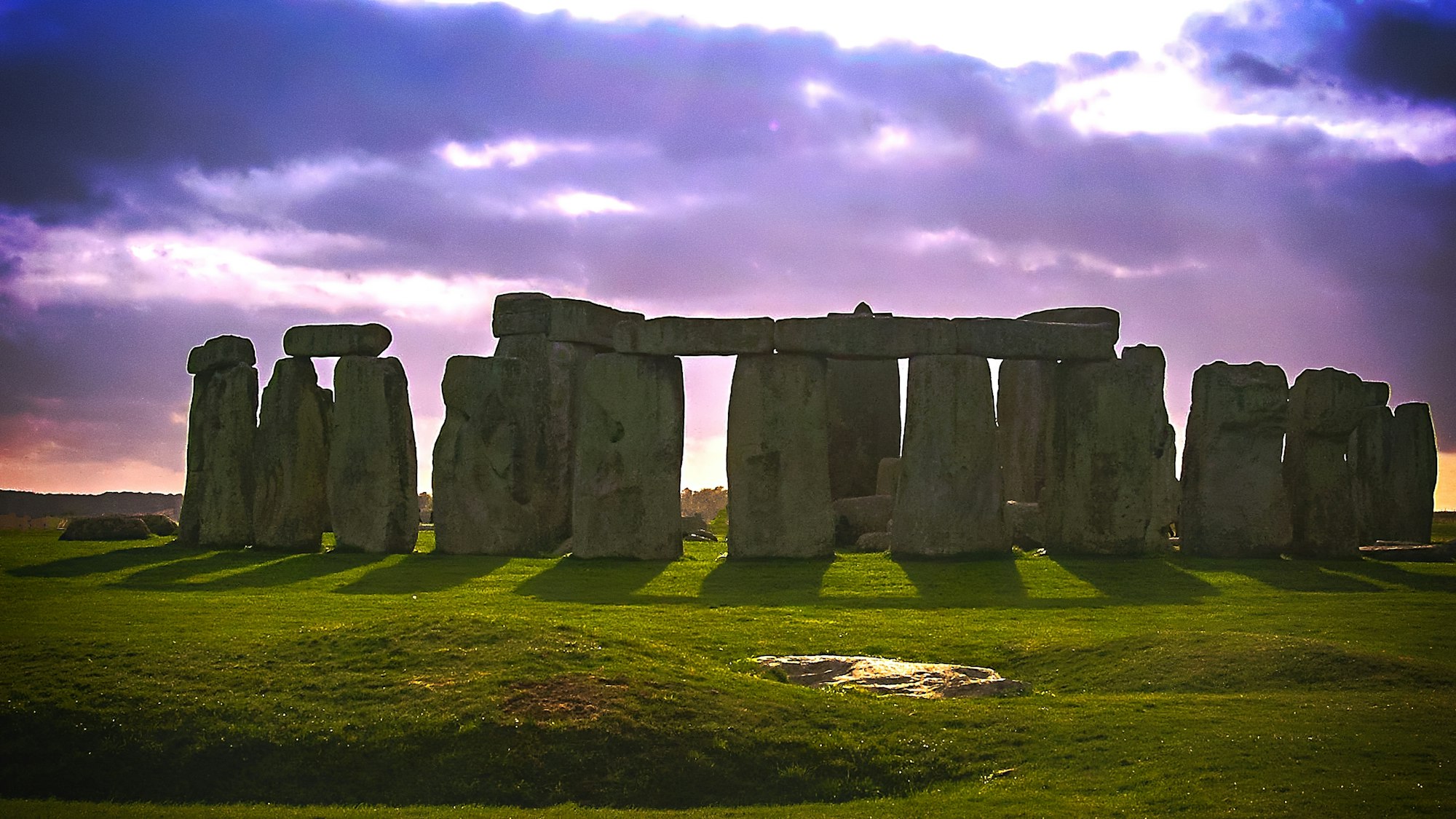
Druids
Druids are, on the surface, a somewhat lame class. They’re spirits of nature, given magic by their affinity for the natural world, and they constantly seem to have some kind of animal companion. To a casual observer, they look a bit like the hippies of the D&D world.
Oh, how wrong you are.
Druids are actually one of the strongest spellcasting classes out there, and they’re dang good in a fight as well. They’re Wisdom-based but also have amazing Constitution scores, meaning they hit like tanks and take hits like them, too.
The nature of their affinity with the natural world is determined by their circle — in the Player’s Handbook (PHB), there are two: Circle of the Land (which has its own subcategories) and Circle of the Moon. While Land Druids typically focus on healing and high-level magic (as in, rend the very earth beneath your feet high-level), Moon Druids are all about combat; they can and will kill you with Wild Shape.
That brings us to the coolest thing about Druids — Wild Shaping. This is an ability they gain at the second level; it allows them to transform into a beast of their choice, the challenge rating of which increases as they rise in level. They can become bears, wolves, eagles, owls, enormous crocodiles, you name it!
Oh, and the best part? At higher levels, they can cast magic while Wild Shaped. Imagine getting Entangled and seeing a massive direwolf running at you, full speed.
Fighters
Fighters are the classic, bread-and-butter class of D&D. They’re the most standard martial (fighting) class there is, but that doesn’t make them boring! In fact, it makes you the most skilled combat character in the game (well… obviously).
Fighters focus on either Strength or Dexterity as their main stat, depending on the weapon they work with. Ranged weapon fighters — archers, knife throwers, etc. — focus on the Dexterity needed to accurately aim. Close-range or melee fighters — swords, axes, staffs, etc. — need the Strength to deliver a serious blow.
Then there's your martial archetype. There are three outlined in the PHB. The Champion is your gladiator type — they’re good at hitting hard and moving quickly. Battle Masters are, of course, combat specialists, who are great at outmaneuvering their opponents. Eldritch Knights are a whole ‘nother kind of beast — these guys are spellcasters on top of hitting like a truck.
Do you want to know what’s even better? Fighters can attack twice in a single round. They also get an Action Surge, letting them take another action on their turn a certain number of times per long rest. This means that your Fighter can attack up to four times in one round!
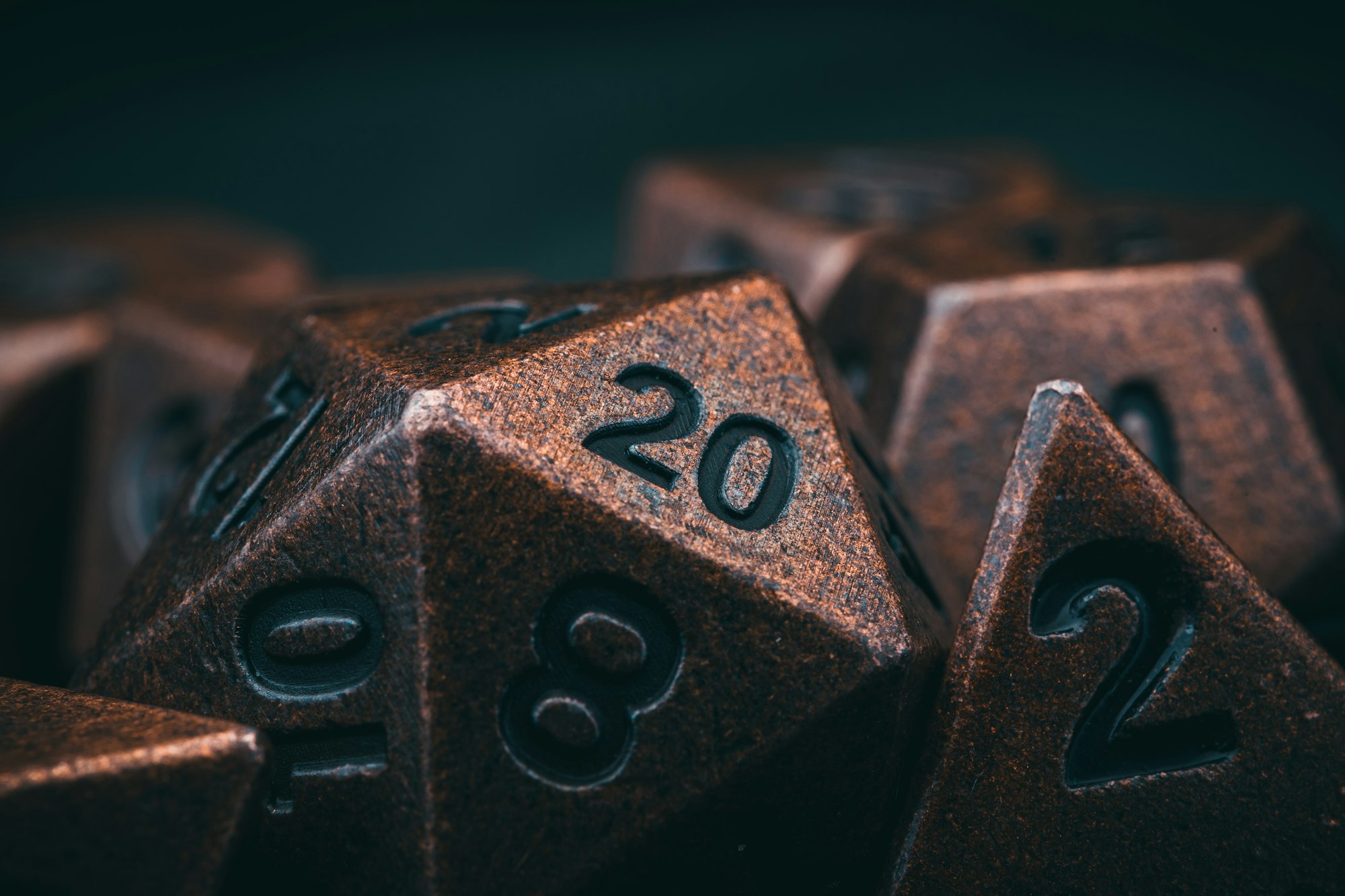
Monks
Monks don’t sound exciting until you know exactly how they work in D&D — less Friar Lawrance and more Friar Tuck!
Monks are highly trained physical combatants. They’re so skilled that their hands and feet are literally classed as weapons in the rules of the game, meaning their strikes are never unarmed. Monks rely on Dexterity, meaning that they can move ridiculously well; a Monk is never really stuck if they can spider climb out.
The really cool thing about Monks is Ki — the spirit force that they’re able to use because of their training. They can use Ki points for a wide variety of things, but the most popular is Flurry of Blows, which, you guessed it, lets you take two more unarmed strikes as a bonus action. Couple that with the fact that Monks get two attacks in the first place and you’ve got a nonstop kick-ass machine.
There are three PHB Monastic Traditions:
- The Way of the Open Hand gives you all kinds of advantages in armed and unarmed combat. These characters can knock you down in one turn and make sure you stay down using the Open Hand Technique benefits to Flurry of Blows. They can also make sure they heal themselves so they don’t go down in a fight.
- The Way of Shadow is basically how a Monk doubles as a Rogue. They’re able to use their Ki to imitate spells like Darkness and Pass Without a Trace so that you don’t see them coming before you're overrun. They can also hop between shadows!
- The Way of the Four Elements lets them harness the power of the elements (Fire, Water, Wind, and Earth) to take their enemies down and to heal themselves. They can cause you to get stuck in place by a buffeting wind, shoot freezing blasts, shake the battlefield like an earthquake, control up to 30 feet of water at once, and way more.
Paladins
Paladins happen when your Fighter has too much of a conscience.
Just kidding! Mostly.
Paladins are mighty warriors of the gods. They rely not just on their fantastic martial strength and battle readiness, but on the power of their chosen god to rain down holy terror on their enemies. A Paladin is Charisma-based on top of maining Strength — they inspire others to battle and lead them to glory.
Paladins’ big showstopper is the Smite. Not only do their weapons do physical damage (and I mean a lot of physical damage), starting at the second level, they can become infused with celestial power and do an extra 2d8 Radiant damage — and that’s just second level! Smite scales with your Paladin, so by the time they’re high level, they’re doing a whopping 6d8 extra damage.
These guys aren’t just holier-than-thou tough guys, though. Your Paladin’s flavoring depends on the Oath they take. In the PHB, there are three.
- The Oath of Devotion is classic; your Paladin has given their life to the service of a particular deity and fights to further their cause. They follow a strict moral code.
- The Oath of the Ancients has your Paladin dedicated to the light in a world of darkness; they’re more aligned with the Fae and other nature spirits and will protect that balance with everything they have.
- Finally, the Oath of Vengeance is taken by Paladins who’ve been severely wronged; they make a solemn vow to a powerful being to eliminate a particular threat and will do anything to achieve that goal.
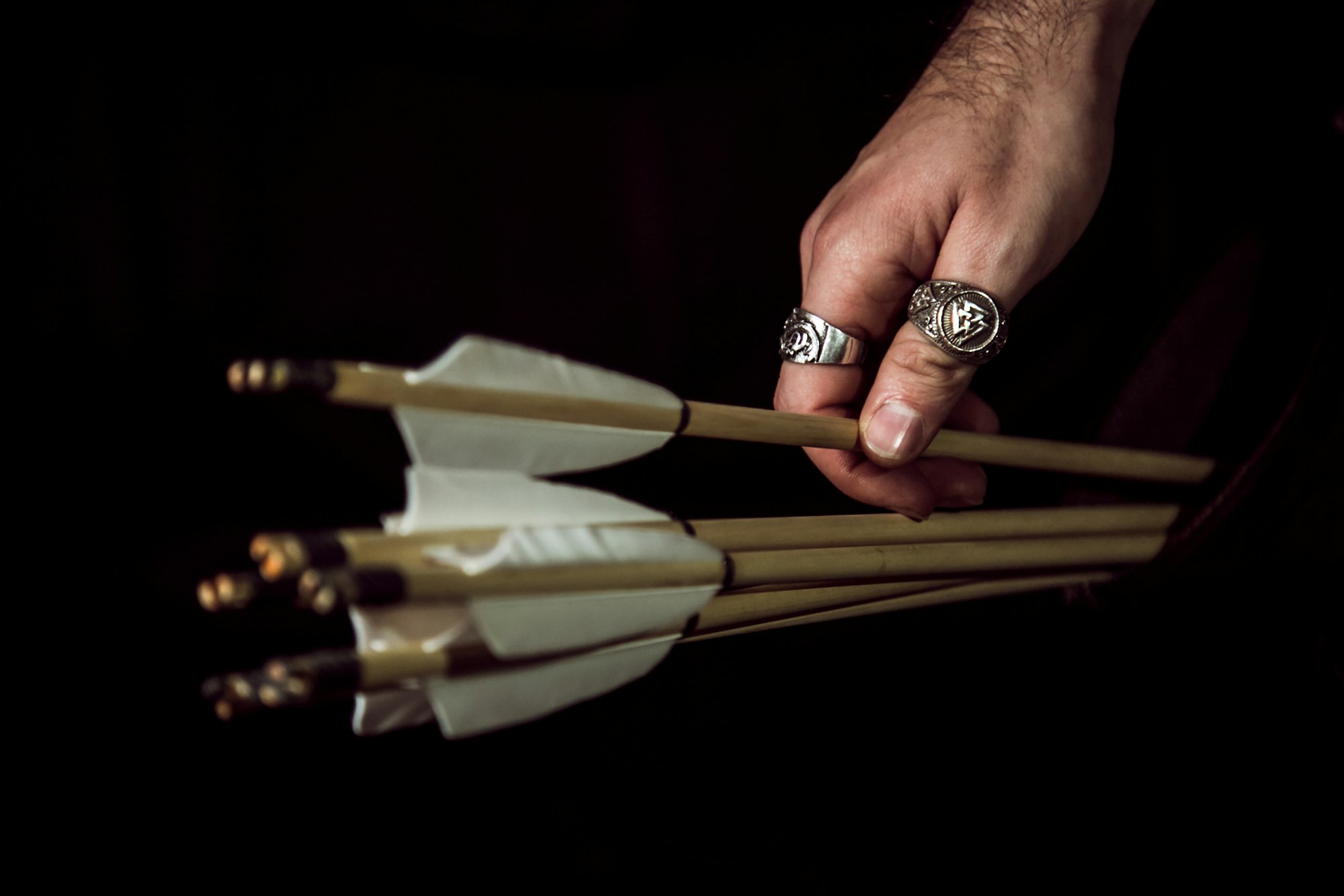
Rangers
If your party plans to spend a lot of time outside the city, they’re going to need someone who can keep them from getting hopelessly lost in the forests, mountains, or caves. That’s where Rangers come in.
Rangers, a criminally underplayed class, are the masters of their domains; they know the land like the backs of their hands and that gives them (and everyone they’re with) immense advantages. Having one of these guys in the party means that difficult terrain means nothing. You can’t get lost unless there’s magic involved. You always have enough food, and you know exactly what you’re up against when you’re following an enemy.
Not only that, at the third level, they get Primeval Awareness. This means your Ranger can spend one minute of concentration to find out there are any aberrations, celestials, dragons, elementals, fey, fiends, or undead in a one-mile radius (or up to six miles in their Favored Terrain!). Add their amazing tracking abilities and it’s really hard to avoid a Ranger once you’ve pissed them off.
When you come across that enemy, you’re in luck again. Rangers are Dexterity-based, so they’re fantastic with ranged and finesse weapons. They can pick off the problems before they even get close, and if they get close, they can slice them to ribbons, no problem. On top of this, Rangers are spellcasters; they don’t get nearly as many slots as primarily magic classes, but they get spells that can make it easier for everyone involved to spot, hit, and avoid attacks from enemies.
Rangers have two main Archetypes in the PHB. Hunter is the classic loner-in-the-woods Ranger — think Aragorn. They get multiple attacks, improved evasion, and a feature giving them advantages against either enormous or lots of enemies. Beast Masters are probably the most popular kind of classic Ranger. They get animal companions that can attack for them — even with magic!
Rogues
I have to admit, I very much have a soft spot for rogues. They’re one of my favorite classes to play; they’re usually sassy, smart, cunning, and tragic. All my favorite character traits!
Rogues are known primarily as the thieves of D&D and for good reason. They rely heavily on Dexterity and get tons of bonuses to Sleight of Hand and Stealth checks, meaning that a Rogue can grab something out of your pocket without you ever knowing they were there.
They’re ridiculously slippery as a class feature — starting at the fifth level, they can dodge out of the way of attacks to take half damage. If you go up to the 18th level, they get so slippery that no one ever has Advantage when trying to attack them.
They’re also lucky as a class feature. Starting at the 11th level, your Rogue gets a Reliable Talent, meaning that they can’t roll lower than a 10 on certain ability checks. When you hit 20th level, you can actually choose to succeed in a roll or critically hit an enemy — without rolling! I might be partial for a reason… (my dice ends up in dice jail a lot).
The enormous advantage that Rogues have is Sneak Attack. From first level up, once in a turn, when they’ve got Advantage on an attack, a Rogue can add an extra 1d6 of damage when they hit. This just gets better with time until they’re able to do a whopping 10d6 extra damage in one go.
Rogues, much like Rangers, are sorted into Archetypes in the PHB: Thieves, Assassins, and Arcane Tricksters. Thieves are… well, thieves; they’re amazing at sneaking up on people and stealing things they definitely shouldn’t be able to get their hands on. Assassins, again, do exactly what it says on the tin; if you need someone gone without a trace, you call them. Arcane Tricksters are a little more fun — these are Rogues with magic! Even better, they’re able to steal magic from other characters.
Is it bad that this is my favorite class?
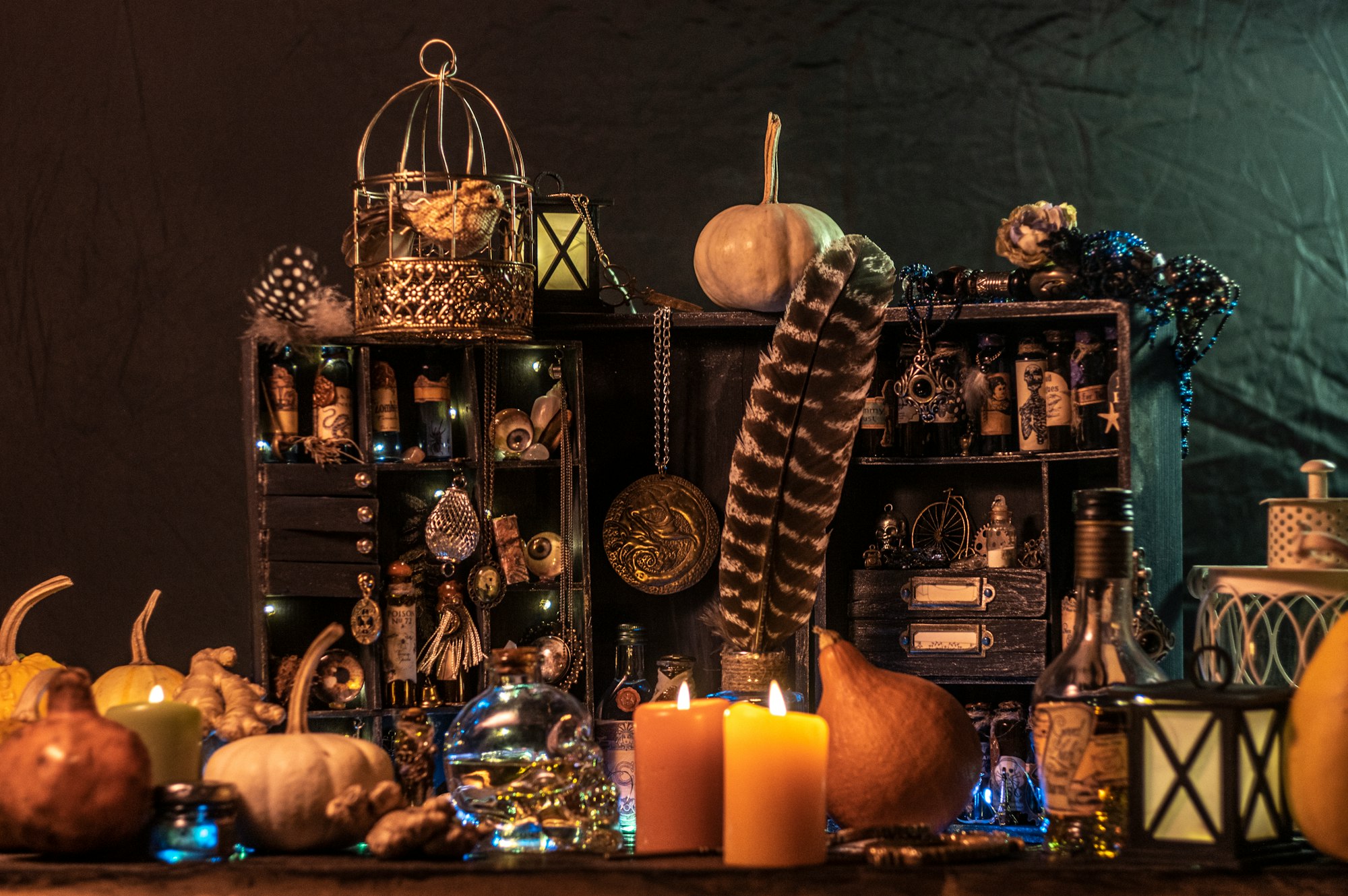
Sorcerers
If you’re into magic classes, then Sorcerers are probably your go-to. They’re a lot less confined to a single magic type than Clerics and follow fewer rules than Warlocks and Wizards. Basically, these guys are the rebels of spellcasting. Their magic isn’t gifted to them by an outside source — they’re born with it!
Sorcerers use Charisma to cast their spells, which makes them amazing party faces and hilarious when built right. Have you ever been so charming that you literally charmed someone? That’s what Sorcerers do. They also get the interesting feature Font of Magic, so they can access unique abilities based on their internal magical supply. They can use Metamagic skills to cast spells silently or without moving or to change the range and effects of their spells. These abilities use Sorcery Points, which increase as you level up.
There are two Sorcererous Origins in the PHB. My favorite is the Draconic Bloodline — somewhere in your family’s history, a dragon joined your lineage (thank you, Bards) and now, you get to benefit from their magic and their resistances based on their color. Oh, and you get wings at the 14th level.
Then there’s the infamous Wild Magic Sorcerer. These guys are literally agents of chaos; their magic is uncontrollable and can spout off with no warning. They get Wild Magic Surges, so your DM rolls a d20 and, if it lands on a one, you end up with an effect from the Wild Magic table. These effects can range from harmless things like accidentally levitating yourself or music playing from nowhere to beneficial things like regaining health or Sorcery Points, to dangerous things like casting Fireball on yourself or even ending up in a different plane!
It’s not all bad, though. Wild Magic Sorcerers gain the ability to control luck and, at higher levels, even exert some control over their Surges. If you’re a gambler, this Origin is a great way to make a game more interesting (or, potentially, very short).
Warlocks
Warlocks have the potential to be one of the most interesting base classes in the game. They get their power from having made a pact with a powerful being — but this also means that they are cursed to do this being’s bidding, whether or not they want to. Talk about your edgy backstories!
Warlocks are Charisma-based, and my favorite application of that in this class is to make them incredibly intimidating. Who wouldn’t be afraid of someone with dark magical secrets? You can definitely make them funny, life-of-the-party characters, though. Beholden to a fey with a crush that makes them go on dates regularly. Anyone?
The power move of a Warlock is their pact magic. Depending on your patron, you get a set of fun features and magic including Eldritch Invocations, meaning that at level two, you can start casting magic you’ve got no right to have (meaning, potentially, magic that only other classes get to use!) on top of your own spells.
There are also Pact Boons. The Pact of the Chain lets you gain a familiar that can fight with you in battle; the Pact of the Blade lets you gain a magical weapon that you can summon at will; and the Pact of the Tome lets you gain a Book of Shadows — yes, friends, a grimoire. These boons go a long way toward making you a dangerously powerful magic-user.
So, who are you serving? Great question! Here are your patron options.
- The Archfey is a powerful fey creature that can offer you powerful enchantment and illusion magic on top of fey magic to add to your arsenal.
- The Fiend lets you pull the powers of Hell into your own fights, literally giving you hellfire and brimstone (as well as extra health) to bring them more power and influence.
- The Great Old One is… well, it’s basically Cthulu. Literally, Cthulu is one option. You serve an Eldritch being that gives you the power to break people’s minds and ensnare them to your will.
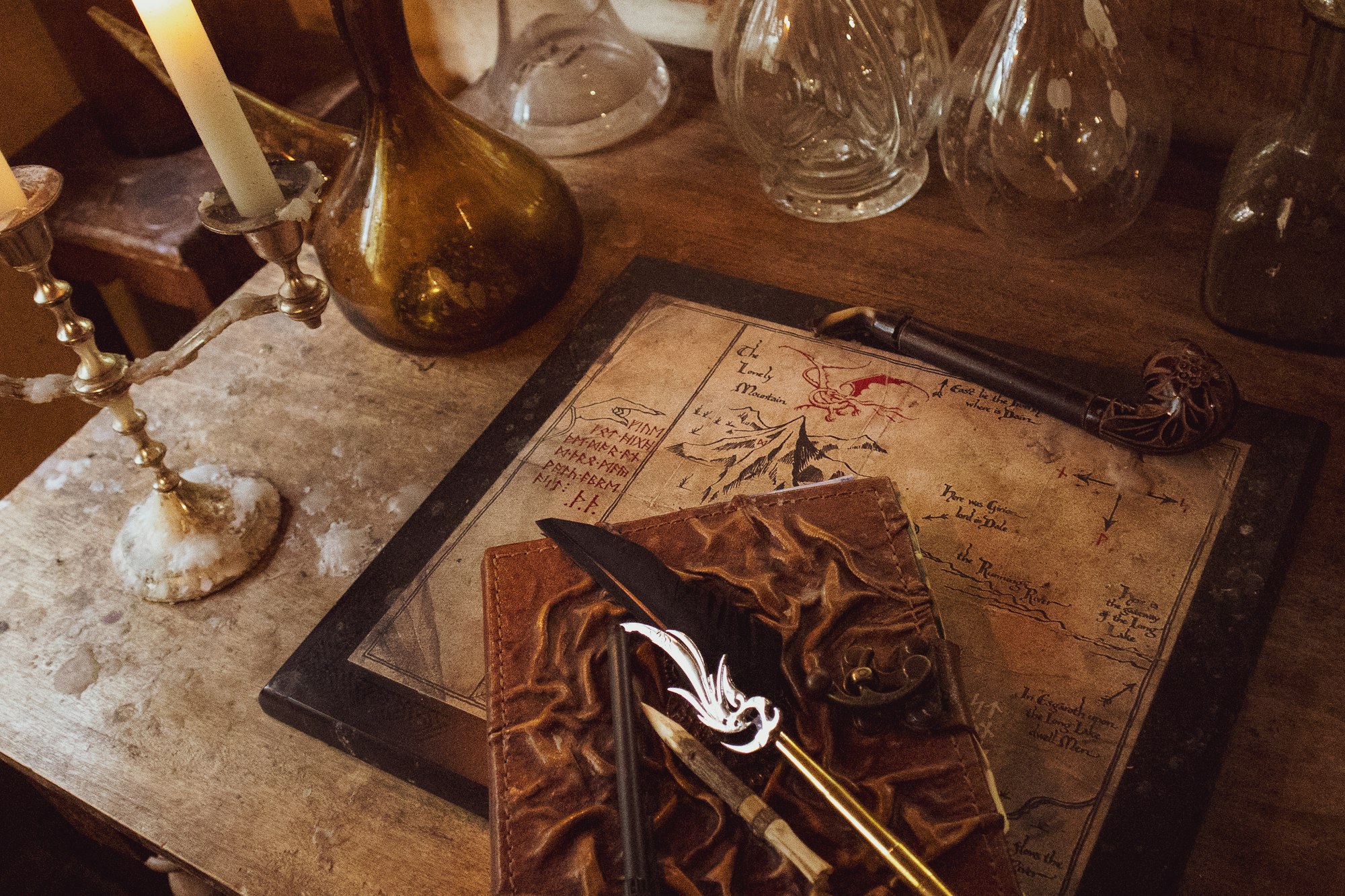
Wizards
Ah, Wizards. The last caster category and the final basic class offered in the PHB. Wizards are your classic mages — they study for years on end to master the magical arts. No inborn talents or pacts with deities for them, just hard work, dedication, and a lot of writing things down.
As you might have guessed, Wizards are Intelligence-based casters; their magical power comes from what they know. What do they know? So. Much. It’s possible for a dedicated Wizard to learn every spell on the Wizard spell list and then some.
They’re not limited to gaining spells as they level, but can instead cast anything they’ve got written in their spell book, given enough time to practice. A Wizard’s spell book is their bread-and-butter; it’s always uniquely decorated and full of notation only they really understand. All it costs them to add spells is two hours and some gold.
Wizards also get a neat feature called Arcane Recovery, which means that, once a day after a brief rest, they can choose to recover spell slots based on their level. This doesn’t cost them anything but time!
Wizards are sorted into Schools (is that even surprising?) based on the magic they specialize in. The schools are Abjuration, Conjuration, Divination, Enchantment, Evocation, Illusion, Necromancy, and Transmutation. Each one offers perks at levels 2, 6, 10, and 14 that help make a Wizard’s casting of magic from that category even more impressive as time goes on.
Is there any wonder that Wizards are some of the most powerful and feared characters in the game?
Classes Can Make Characters Stand Out
No matter what class you choose, know that you don’t have to stick to the class rules exactly.
Work with your DM to create interesting variations on the classes that fit your character ideas! Does your Wizard have intense book smarts but no common sense? Is your Barbarian actually a really chill dude outside of combat? Is your Rogue from a happy family line of thieves? The possibilities are endless, and that’s not even taking the extra classes into account.
The D&D basic classes can be just as fun as any add-on, if only you’re willing to look past the surface. And of course, they make a great place to play.
